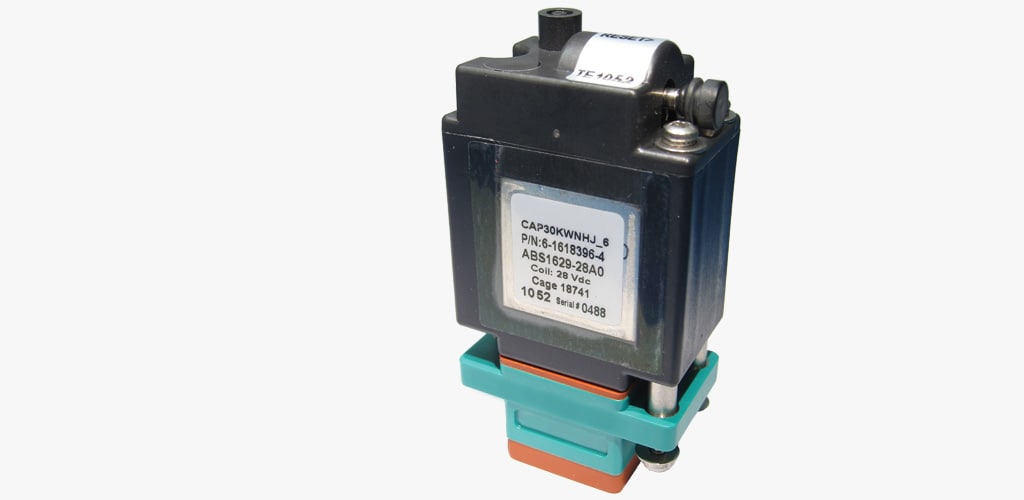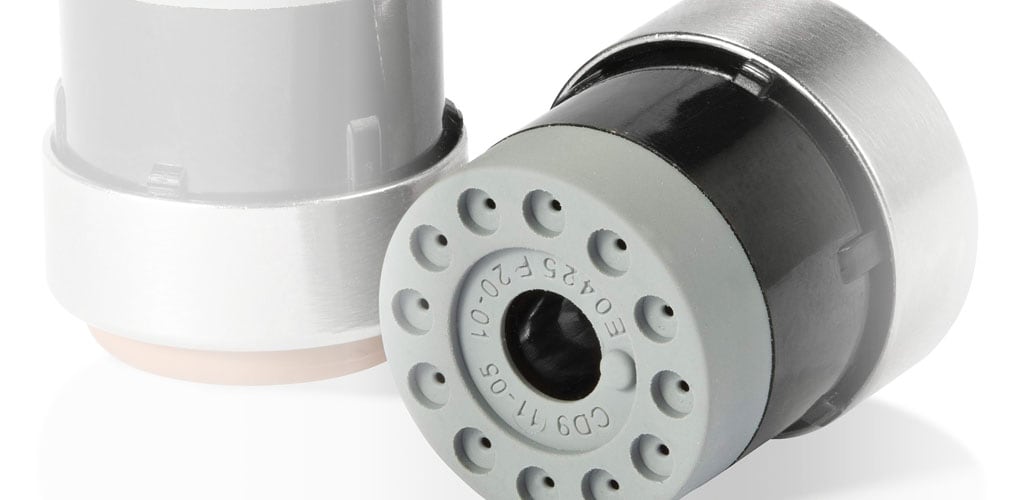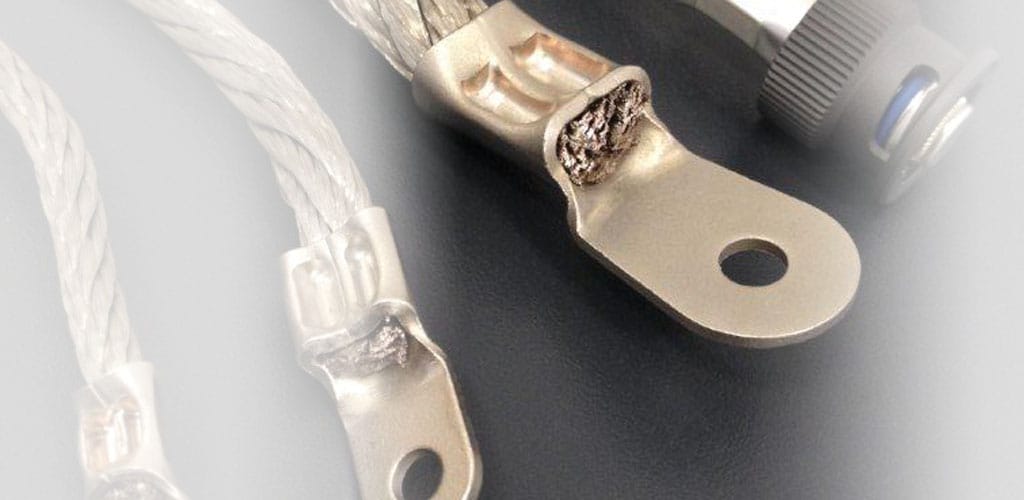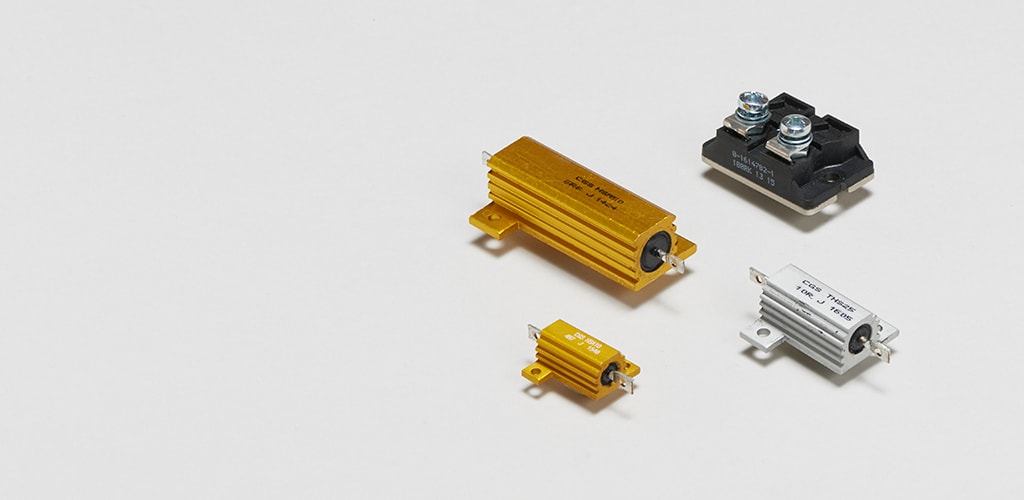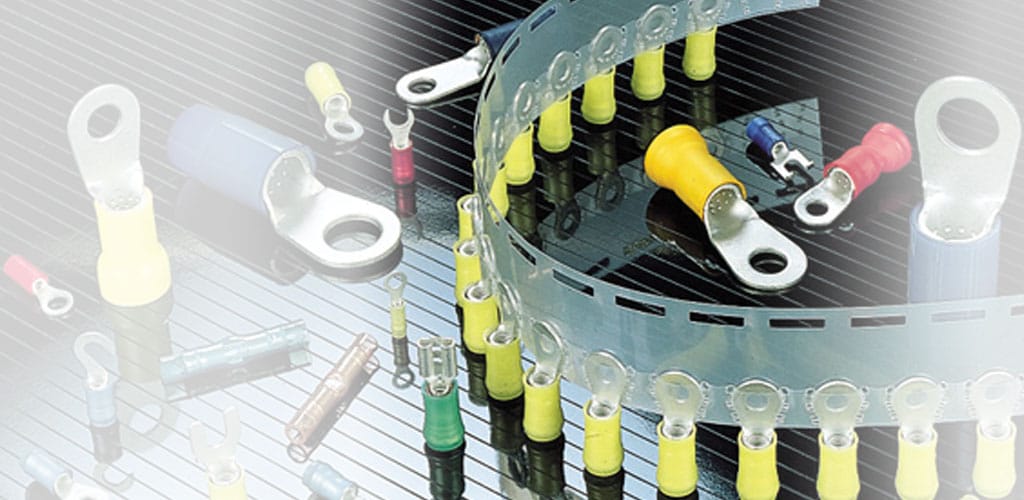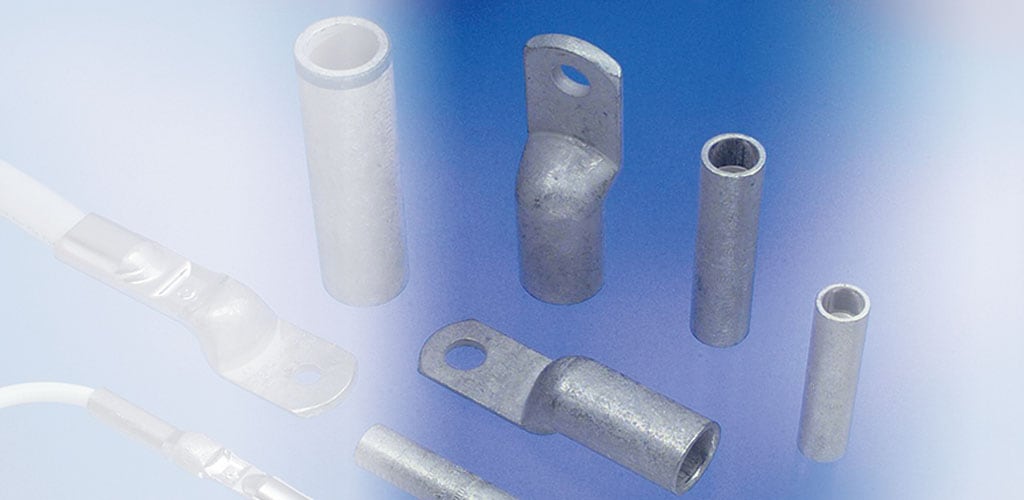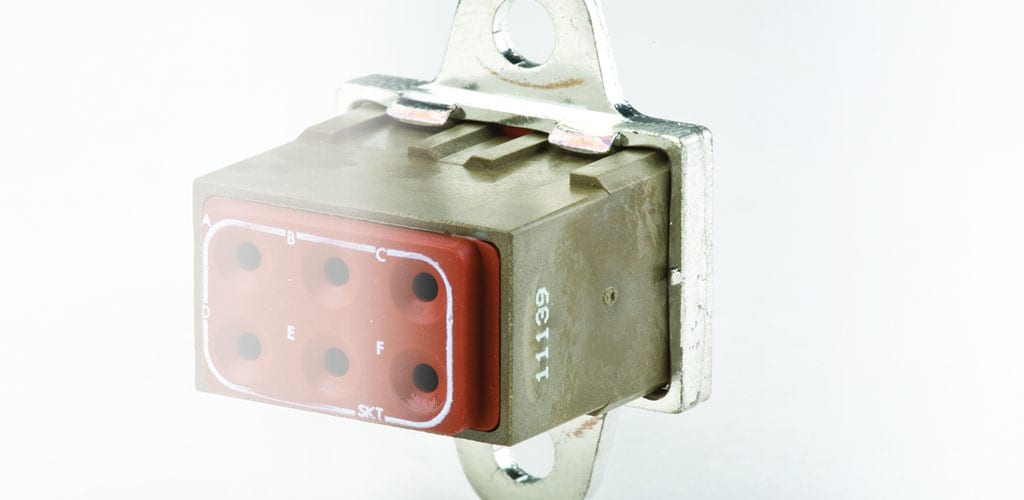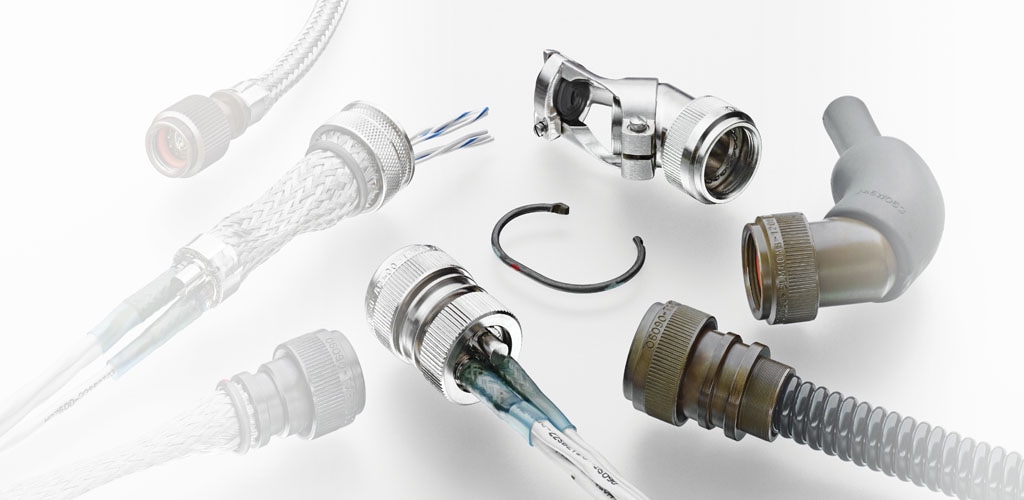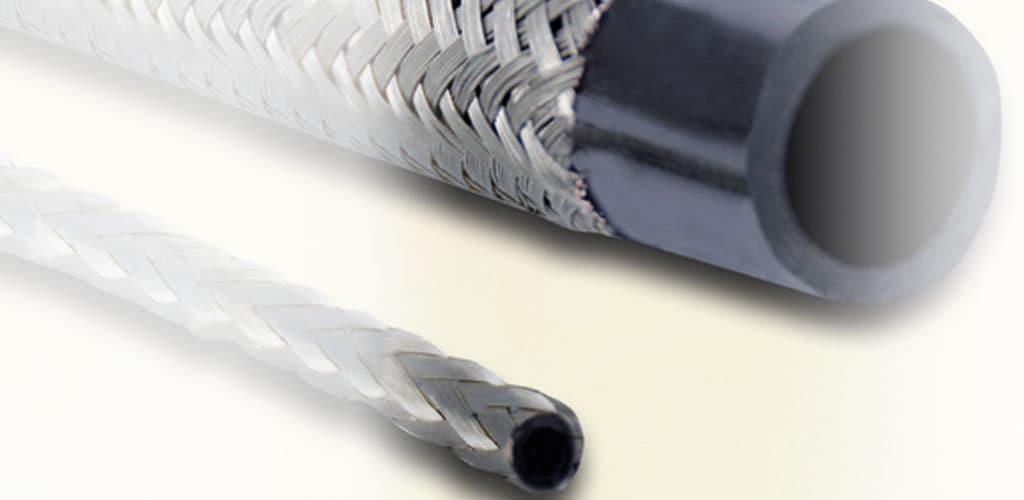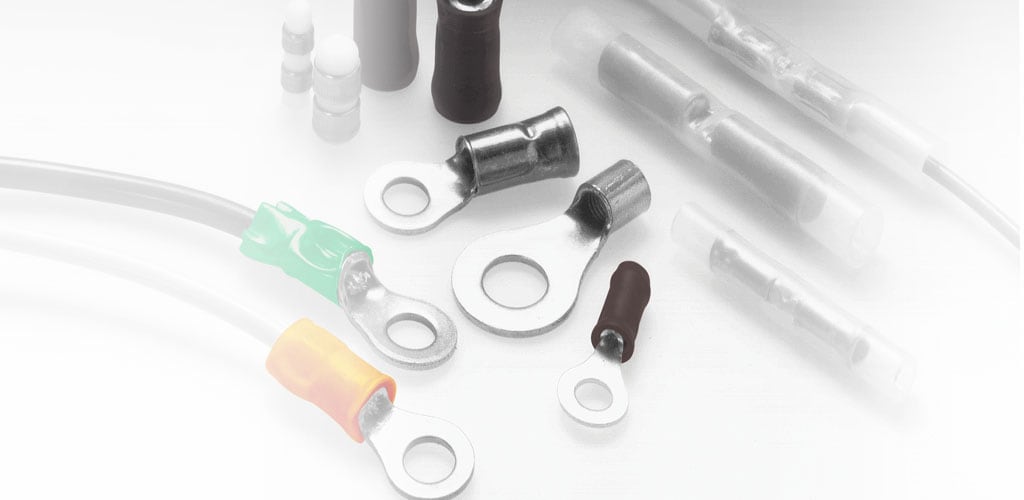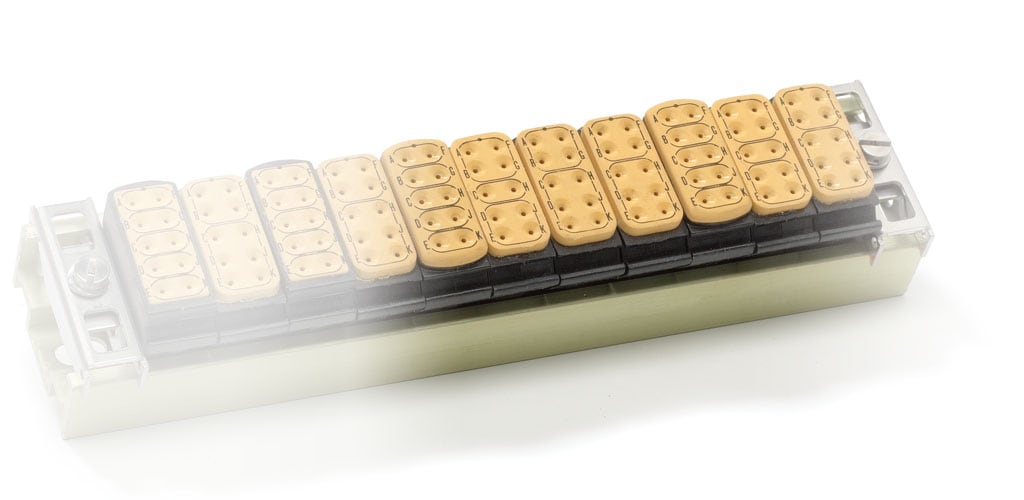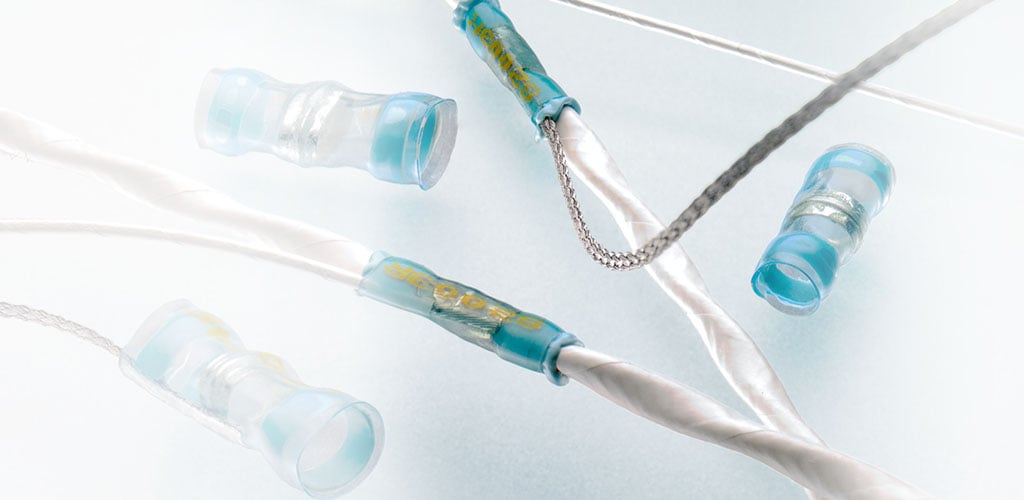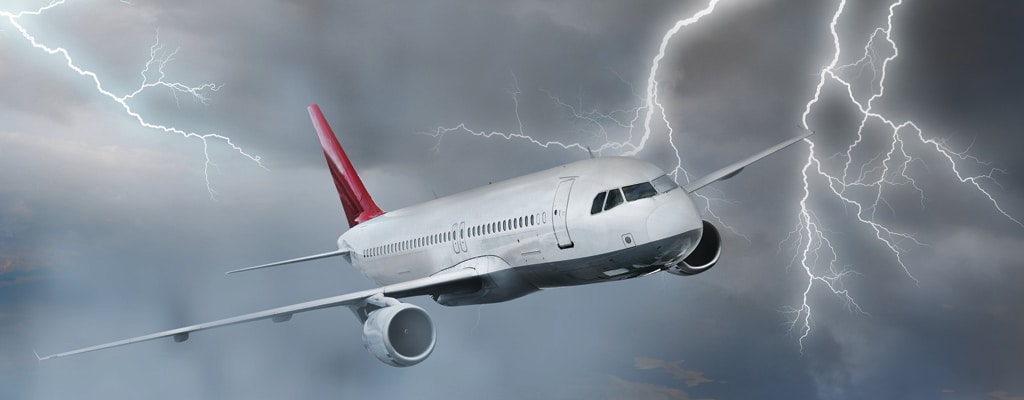
Application
Grounding Systems
Take charge of lightning strikes with space and weight-saving system-level solutions for aircraft grounding and bonding to traditional and composite airframes
Connectivity Solutions for Today's Composites. Every aircraft needs grounding and protection from lightning strikes and electromagnetic interference. Partnering with TE Subject Matter Experts (SMEs) enables airframe design engineers to solve for grounding and EMI protection especially on today’s advanced composite material aircraft. TE's engineering can help you build out a tailored "Current Return Network" (CRN) racey design solution. Systems include "Fast Fault Finding" for ease of maintenance and repair; flexible modular cable management; HIRF (high energy radiated felds) solutions; unique bonding to composite airframes; TE's Kilovac fault interrupter and protective relays and alumnium power interconnects. Talk to us early in your design review process to leverage the full power of our expertise.
Today’s carbon-fiber-reinforced polymer (CFRP) aircraft bodies present new challenges in creating reliable, maintainable grounding networks. While traditional metal airframes are ideal for harmlessly dissipating lightning strikes and electrostatic discharges, composite airframes introduce significant complexity for designing grounding solutions. Checkout our new brochure (left) for more details.
Beyond Products to System Solutions
While we offer one of the widest ranges of products for grounding and bonding, our ability to integrate them into an elegant, hard-working solution is proof that the whole is greater than the sum of its parts.
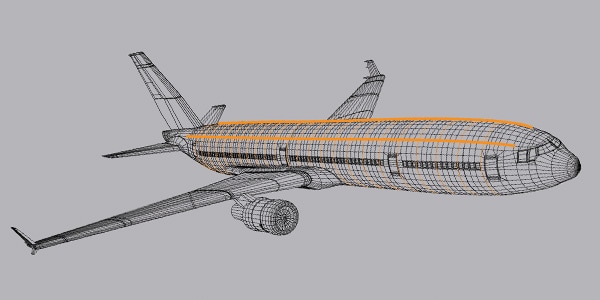
What do you need in a grounding system?
Protection
|
Modularity
|
Reliability
|
Peace of Mind
|
Solving the Grounding Challenges of Composite Aircrafts
CFRP composites have a lower level of conductivity compared with metals and therefore do not naturally create a Faraday cage. New strategies for grounding and bonding are required to:
- Handle lightning, return, and fault currents
- Provide a bleed path for ESD
- Prevent damage to the composite
- Maintain a low resistance pathway
- Minimize voltage differentials
- Provide electromagnetic shielding
Approaches like incorporating copper meshes into the composite's layers provide sufficient conductivity, which can create the required Faraday cage. The approach, however, presents challenges in connecting and bonding the meshes to the aircraft's metallic structures with sufficient current-carrying capacity and distribution to handle currents.
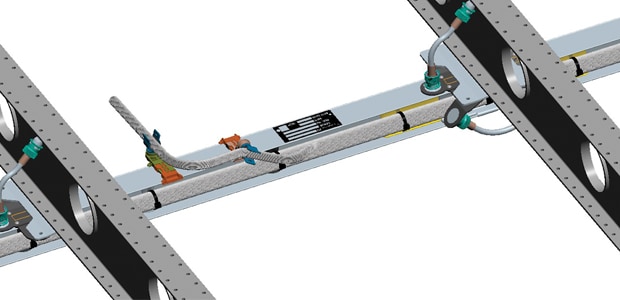
Distributed Connectivity
As the use of composites grows for structural elements, highly distributed grounding systems, composed of both dedicated grounding paths and traditional metallic elements, are required. Typically, the ground paths run longitudinally along the length of the aircraft and laterally around the fuselage's circumference, and are bonded to provide redundant pathways. It is important to carefully analyse pathways to understand the flow of currents to ensure optimal performance and protection.
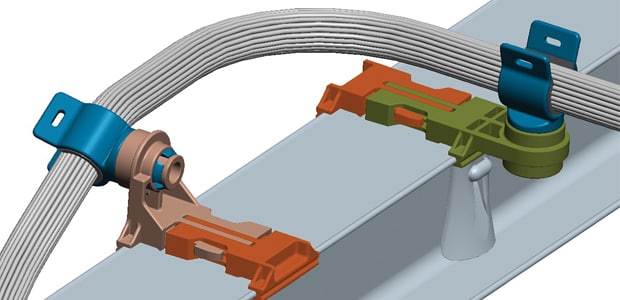

Application
Grounding Systems
Take charge of lightning strikes with space and weight-saving system-level solutions for aircraft grounding and bonding to traditional and composite airframes
Connectivity Solutions for Today's Composites. Every aircraft needs grounding and protection from lightning strikes and electromagnetic interference. Partnering with TE Subject Matter Experts (SMEs) enables airframe design engineers to solve for grounding and EMI protection especially on today’s advanced composite material aircraft. TE's engineering can help you build out a tailored "Current Return Network" (CRN) racey design solution. Systems include "Fast Fault Finding" for ease of maintenance and repair; flexible modular cable management; HIRF (high energy radiated felds) solutions; unique bonding to composite airframes; TE's Kilovac fault interrupter and protective relays and alumnium power interconnects. Talk to us early in your design review process to leverage the full power of our expertise.
Today’s carbon-fiber-reinforced polymer (CFRP) aircraft bodies present new challenges in creating reliable, maintainable grounding networks. While traditional metal airframes are ideal for harmlessly dissipating lightning strikes and electrostatic discharges, composite airframes introduce significant complexity for designing grounding solutions. Checkout our new brochure (left) for more details.
Beyond Products to System Solutions
While we offer one of the widest ranges of products for grounding and bonding, our ability to integrate them into an elegant, hard-working solution is proof that the whole is greater than the sum of its parts.

What do you need in a grounding system?
Protection
|
Modularity
|
Reliability
|
Peace of Mind
|
Solving the Grounding Challenges of Composite Aircrafts
CFRP composites have a lower level of conductivity compared with metals and therefore do not naturally create a Faraday cage. New strategies for grounding and bonding are required to:
- Handle lightning, return, and fault currents
- Provide a bleed path for ESD
- Prevent damage to the composite
- Maintain a low resistance pathway
- Minimize voltage differentials
- Provide electromagnetic shielding
Approaches like incorporating copper meshes into the composite's layers provide sufficient conductivity, which can create the required Faraday cage. The approach, however, presents challenges in connecting and bonding the meshes to the aircraft's metallic structures with sufficient current-carrying capacity and distribution to handle currents.

Distributed Connectivity
As the use of composites grows for structural elements, highly distributed grounding systems, composed of both dedicated grounding paths and traditional metallic elements, are required. Typically, the ground paths run longitudinally along the length of the aircraft and laterally around the fuselage's circumference, and are bonded to provide redundant pathways. It is important to carefully analyse pathways to understand the flow of currents to ensure optimal performance and protection.

